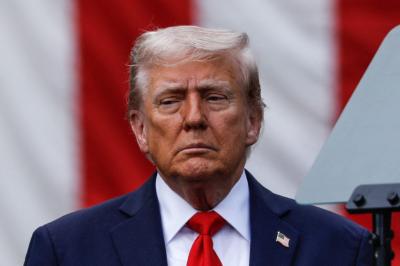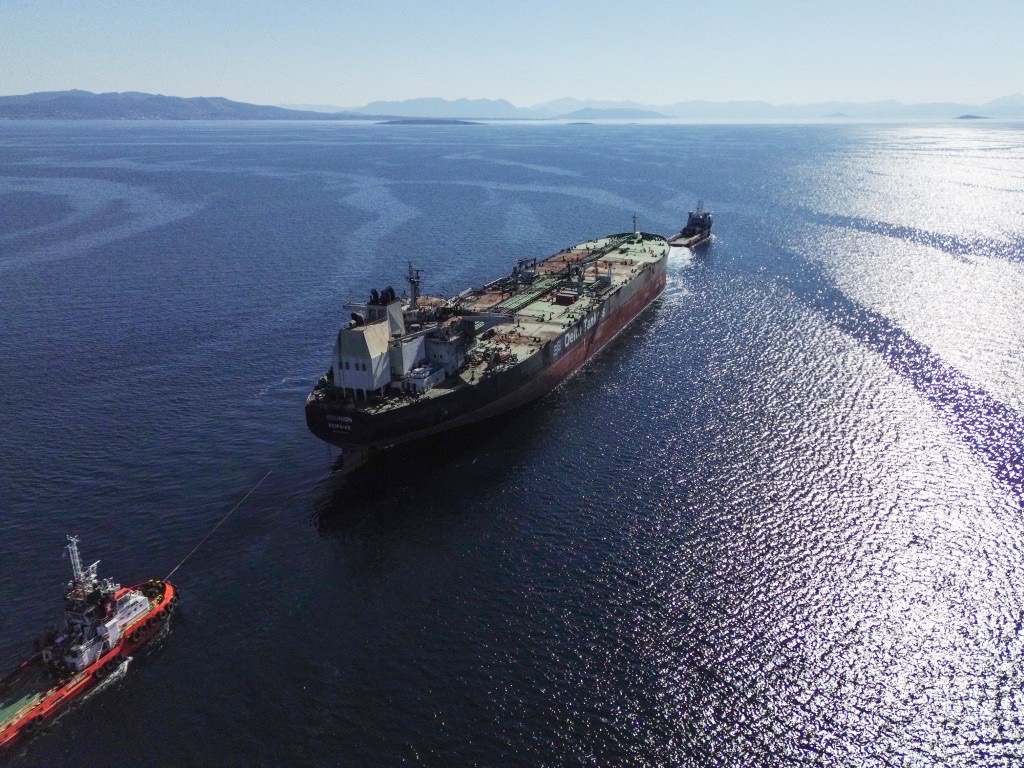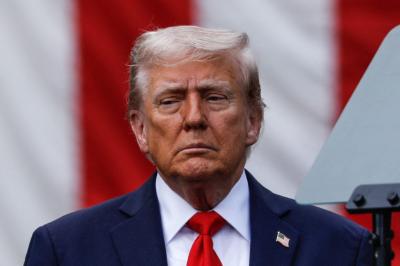On the morning of October 13, 2025, the world woke up to an unusual announcement from Sanaa: Abdul-Malik al-Houthi, leader of the Ansar Allah movement, declared the suspension of all attacks against Israel and commercial vessels in the Red Sea following the signing of the Gaza ceasefire agreement. The decision—though conditional on Israel’s adherence to the truce—immediately resonated across international political and economic circles, given its potential implications for global maritime security and regional market stability.
Tensions in the Red Sea have been simmering since 2023. Ships began avoiding the area due to Houthi attacks in Yemen—backed by Iran—in an effort to disrupt global shipping in protest of the war in Gaza. The attacks then gradually expanded to target vessels bound for Israeli ports, as well as ships linked to the United States and the United Kingdom, eventually including any vessels owned or operated by parties directly or indirectly connected to Israel.
The Bab el-Mandeb Strait turned into a flashpoint threatening the vital artery of trade between East and West. Its strategic importance lies in connecting the Indian Ocean and the Arabian Sea in the south to the Mediterranean via the Suez Canal—“the shortest route”—making it a critical hub for energy and essential goods between Asia and Europe. Commercial ships that once passed daily began rerouting through longer and costlier paths around the Cape of Good Hope. As a result, war-risk insurance premiums surged from around 0.3% to nearly 1% of a vessel’s insured value, according to several maritime shipping sources—especially after the attacks on the Magic Seas and Eternity C vessels. This translated into additional costs per voyage and higher prices worldwide.
The Houthis’ latest decision, if implemented fully and maintained without violations, could restore balance to one of the world’s most sensitive maritime corridors. Global shipping and insurance companies will be watching developments closely. In parallel, talks have begun about gradually lowering insurance premiums—potentially easing pressure on shipping costs and giving the global economy some breathing room after months of maritime strain.
The most significant impact could be felt across regional economies, particularly in the Horn of Africa, the Gulf, and Egypt. Cairo—heavily reliant on Suez Canal revenues as a cornerstone of its national income—suffered a painful drop in earnings at the height of the crisis. With the easing of threats, maritime traffic could gradually return to normal, restoring economic vitality to the corridor. In the Gulf, stability in the Red Sea would mean smoother flows of oil and gas exports to Europe and Asia, strengthening the budgets of exporting nations. Financial markets in Dubai and Riyadh could also benefit from the easing of geopolitical risks that had been undermining investors’ confidence.
Globally, the move is likely to be viewed as a rare gesture of de-escalation in a region long accustomed to turmoil. According to an IMF report published in early 2024, roughly 12% of global trade passes through the Red Sea. Trade through the Suez Canal had plunged by 50% compared to 2023, disrupting supply chains and distorting key macroeconomic indicators. Any return to stability in this corridor would positively affect energy, food, and freight prices. Major shipping companies such as Maersk and Hapag-Lloyd, which suffered heavy losses from rerouted fleets and reduced supply-chain efficiency, may now have a chance to restore operational balance.
Yet optimism remains cautious. Recent history shows that any calm in the Red Sea remains fragile unless backed by comprehensive political understandings. The Houthis have tied the continuation of their ceasefire to Israel’s commitment to the Gaza truce—making the fate of the decision directly linked to developments on the Palestinian front. Any collapse of the truce could bring escalation back to square one and reverse the positive sentiment in global markets, regardless of the trajectory of U.S.–Iran negotiations and the potential reinstatement of UN sanctions.
Still, the political message behind the Houthis’ decision is clear: they aim to project themselves as an influential regional and international actor, not merely an isolated local faction. The message underscores their insistence that they can no longer be ignored in the equation of global maritime security and the world economy. This shift in rhetoric and behavior reflects the Houthis’ ambition to strengthen their political position in any future Yemeni settlement, leveraging global attention on maritime trade—even as much of it remains suspended.
Ultimately, this decision could serve as a genuine test of the region’s ability to shift from a logic of conflict to one of shared interests—much like China’s Belt and Road Initiative replacing military interventions. Calm in the Red Sea does not only signify the safety of ships—it revives hope that the language of force may give way to that of economics, and that geography once defined by conflict may become a pathway toward stability. Should the truce hold and navigation routes stabilize, October 2025 could mark the start of a new era—not only for the Red Sea but for the regional and global economic balance, where soft power increasingly outweighs military might.
Please post your comments on:
[email protected]
 Politics
Politics













